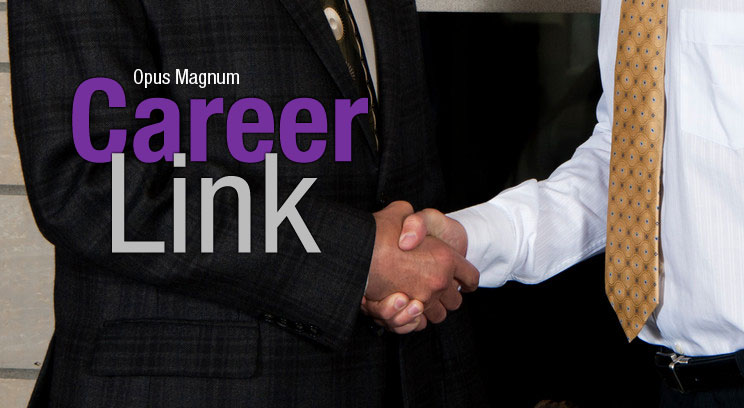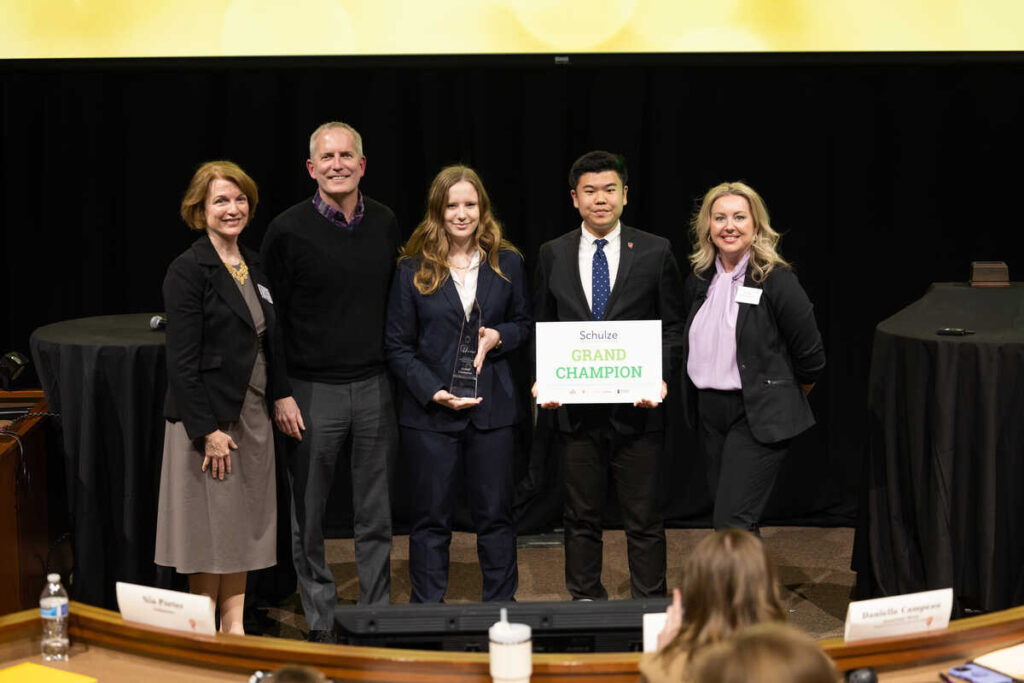Linkedin, Facebook, Friendster, Pinterest, Instagram, Myspace, the options for social media networks and social media sharing are endless. The fast pace of today’s society demands instantaneous information, recognition, and responses. For job seekers, a typical rejection or acceptance from an employer can take weeks, or even months, or elicit no response at all. Connecting with companies and colleagues is quite simple with the help of Linkedin and Facebook. Some users have a small city in their virtual rolodex, and unfortunately each user is typically out of touch with his or her network. As social media options continue to multiply, and as webs of connections continue to expand, users should begin to contemplate their contribution to the mystic land of social media as well as the contributions made to their own network.
According to social media expert Neal Schaffer of Windmills Marketing, you should have 10 times as many connections as your age. For the typical graduate student, that should be between 250-400 professional connections. This number excludes friends and family, which according to Facebook is a mean of 100 people, but in actuality 84% of users have more than this. These 350-500 people do not include the user’s Twitter or Pinterest followers, as well as their possible blog readers. To view this population on a rather small scale, a single person’s online presence could be viewed by 500 people on any given day, not to mention recruiters on Linkedin, or a simple Google search result showing. If that isn’t overwhelming, I’m not sure what is.
According to Dunbar’s number that suggests the cognitive limit to the number of people with whom one can maintain stable social relationships is to be between 100 and 230. With a wide array of options in which to communicate, and quicken the pace at which we are able to essentially stay “plugged in” to our various media streams and connections, one would think we are able to maintain hundreds of meaningful and fruitful relationships. This notion of ultra-connectivity proved to be incorrect through the work of Bruno Goncalves, Nicola Perr and Alessandro Vespignani. They state, Microblogging and online tools... might be analogous to a pocket calculator that, while speeding up the way we can do simple math, does not improve our cognitive capabilities for mathematics. In this case, the basic cognitive limits to social interactions are not surpassed in the digital world.” (plosone.org, 2011)
These outlets for communication provide ample access to users and followers, but cannot create the same type of relationships direct communication and idea sharing generates through face to face contact. The adage “Quality, not quantity,” still proves to be important with relationship generation and many new platforms seek to encourage such contact through different social media platforms described below.
Path (www.path.com) is a social media platform similar to facebook, but is designed as a private networking site for friends and family. This platform seeks to minimize the number of connections, but maximize the strength and meaning to each message shared.
Nextdoor (www.nextdoor.com) location specific platform that allows neighbors to share news, arrange BBQ’s and strengthen the good ol’ cul-de-sac pack that once existed when neighbors actually knew each other.
Meetup (www.meetup.com) will soon be your new social life. This events-based platform allows users to create their own groups and events solely based on hobbies, and personal goals. For example, if you owned a Dachshund, you could join Dachshunds Making a Difference in which 368 “doxie devotees” arrange play dates as well as adoptive families for Dachshunds.
All in all, social media can be a pretty great tool, one that has actually saved lives and animals through Facebook posts and tweets. The amount of connections a person can have may be endless but so is the opportunity for impact. Essentially, choosing the right platform, audience and overall message for yourself is key. If done correctly, the powers of social media can work in anyone’s favor.









